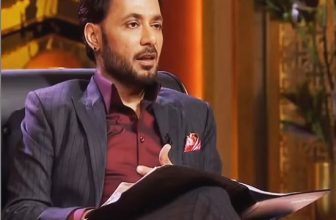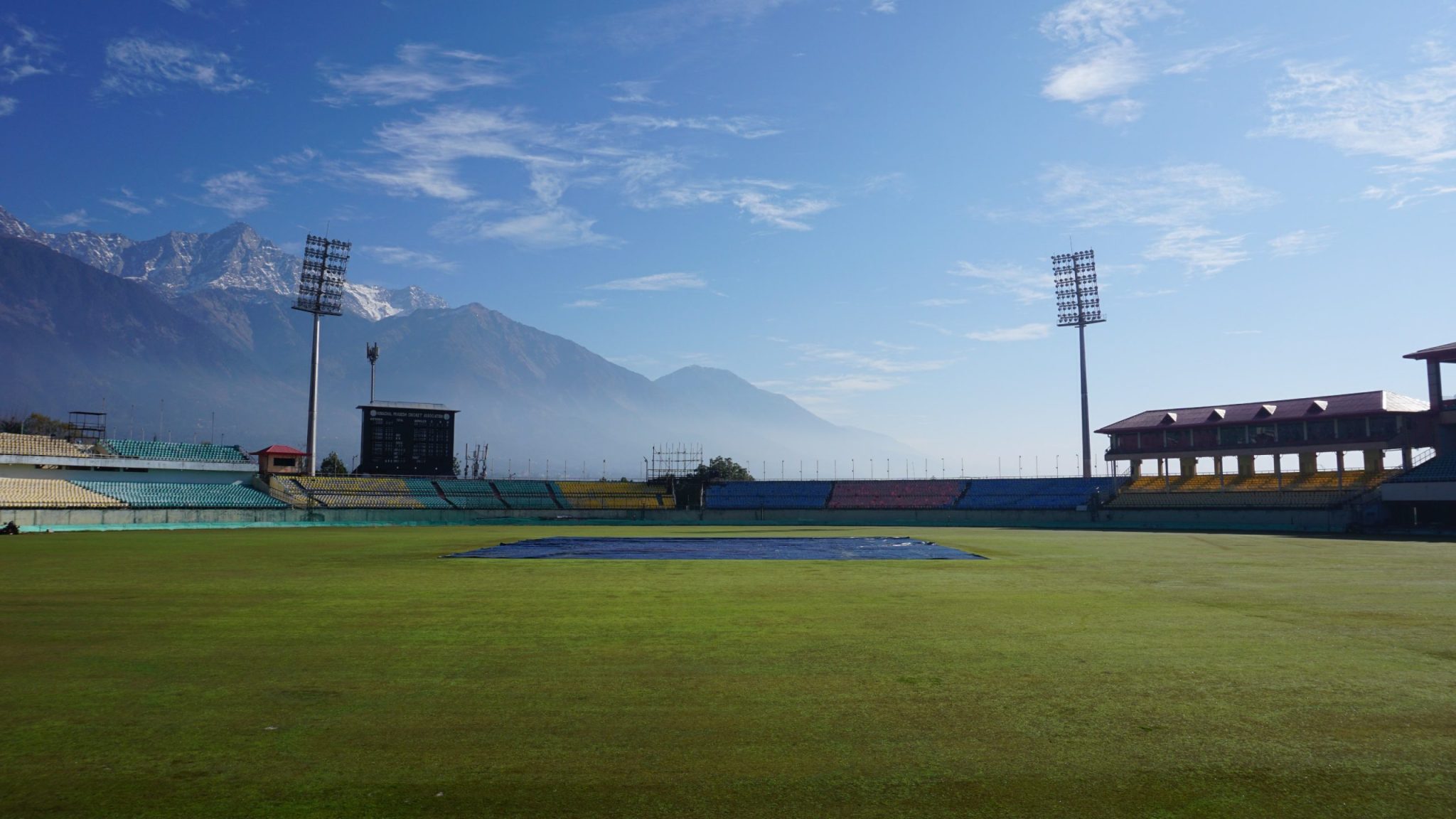
Top 5 Cricket Stadium In India: The best cricket is played in stadiums, despite the fact that many would say that cricket is played in India on every road. Every street, and every yard that is available. Now, the number of fantastic cricket venues in the nation is so large that counting them would be pointless. And if you and your family are ardent cricket fans. You must have visited one of these venues at least once, regardless of where you live.
It’s simple to overlook the match’s location amid the glitz and business of player auctioning, opening and closing ceremonies, disputes, and the pure art of the game itself. You would be aware that many of these host stadiums have a history and have enabled some of the most iconic moments in cricket history if you took the time to appreciate some of India’s top cricket stadiums.
1. Narendra Modi Stadium, Ahmedabad
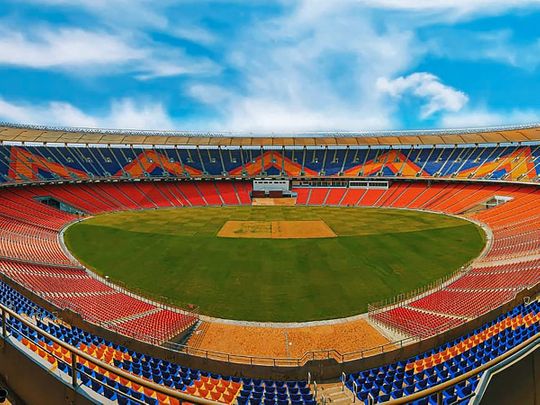
The Narendra Modi Stadium in Ahmedabad, which is the largest cricket stadium in the world, has become the new center of cricket in India. The stadium, formerly known as the Sardar Patel Stadium, underwent a world-class sports complex renovation in 2020, and it debuted by holding a day/night test match between India and England. Not only that, but it will also host the IPL championship this year. However, despite all the high-profile matches that have taken place, this work of art has yet to draw a crowd that matches its capacity.
You enter a sea of orange between the ring of lights as you arrive here. The pitch itself is quite level and has witnessed some legendary moments, including England’s 81 all out in the D/N test, Rishabh Pant’s reverse scoop off James Anderson on his way to a gallant century, and Axar Patel’s 20 wicket haul in two tests here. But this is only the start. There will undoubtedly be many more incredible moments.
Fact: On February 24, 2020, a sizable rally called “Namaste Trump” was held at The Stadium as part of American President Donald Trump’s visit to India.
2. Wankhede Stadium, Mumbai

Wankhede Stadium, usually regarded as one of the top cricket stadiums in India, is an empire that has developed its history via the excellent moments produced in the stadium but lacks the traditional appeal or mystery of some of the older stadiums. Over the green grass/blades of Wankhede, notable events such as Sunil Gavaskar’s final game for India, India’s chase for 256 against England in 2002, the highest runs-per-over ratio in international cricket in 1987, and Sachin’s final test match and emotional farewell speech received extensive media coverage.
It is situated in a bustling metropolis that is home to many famous people, and it is also likely the country that produces the most cricket players. Sunil Gavaskar, Sachin Tendulkar, Rohit Sharma, Ajinkya Rahane, Ravi Shastri, Kambli, and many other legendary players call this place home. A relatively modern stadium that was constructed in 1975 can now accommodate 38,000 spectators despite having a 44,000-seat capacity when it was first built. It has a sizable 35,000 square meter area and is typically favorable to batters and spinners.
Fact: The Bombay Cricket Association and the Cricket Club of India had a routine but prolonged debate about seating capacity. As a result, politician and then-BCA secretary SK Wankhede took it upon himself to locate a new construction site.
3. Eden Gardens, Kolkata
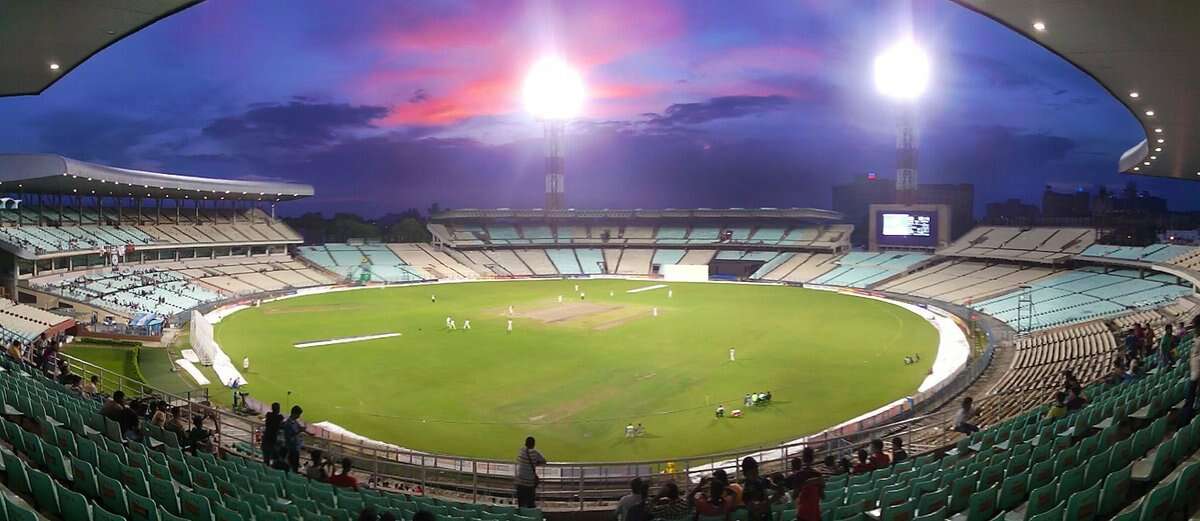
In the middle of Kolkata’s old-world beauty, India’s oldest and most storied stadium has played stage to some of cricket fans’ most memorable moments. The original cricket stadium in India, which was built in 1864 and can hold 80,000 spectators at once, is still indispensable in the history of Indian cricket for reasons that go well beyond its age and dimensions. Bringing back the bittersweet memories of the 1996 semifinal defeat to Sri Lanka, which came after Pakistan’s hard-fought victory, as well as the feelings of pride and victory brought on by V.V.S. Laxman’s 281 against Australia, widely regarded as the greatest Test performance in the previous 50 years.
Fact: In a 1991 match against Sri Lanka, all-rounder Kapil Dev became the only cricketer to ever complete a hat-trick in an ODI at Eden Gardens.
4. M. Chinnaswamy Stadium, Bangalore
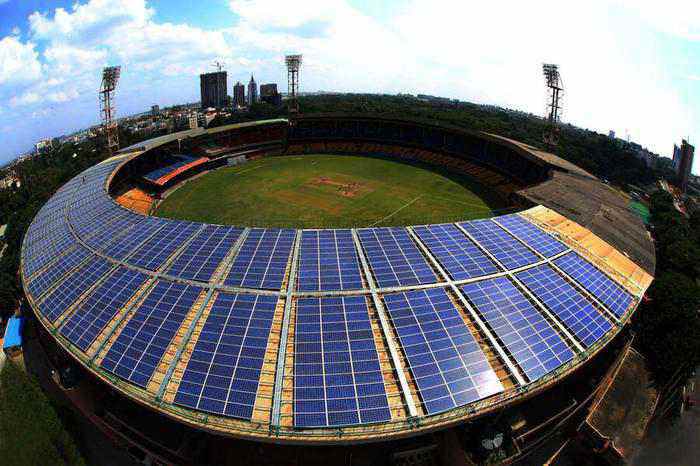
Since 2008, Chennai Super Kings have called this 1916-founded facility, originally known as the Madras Cricket Club Ground, their home field in the Indian Premier League. Chennai boasts the most knowledgeable supporters in the world, whereas Kolkata has history and Mumbai has pride. Who can forget Sachin’s nearly flawless 136, innings in which he battled not only a brilliant Pakistani attack but also his own body, even though it may not have been the best cricket stadium in India? And who can forget how the entire crowd overcame their disappointment to enthusiastically congratulate the Pakistani squad on their victory? Even though Chidambaram and India-Pakistan cricket have a rich history, this may still be the most breathtaking spectacle they have ever shown to the cricketing world.
Fact: A batsman has scored 534 runs at the highest rate on this surface. It should come as no surprise that Sachin Tendulkar, who scored in a Day International match, holds the record.
5. Chidambaram Stadium, Chennai
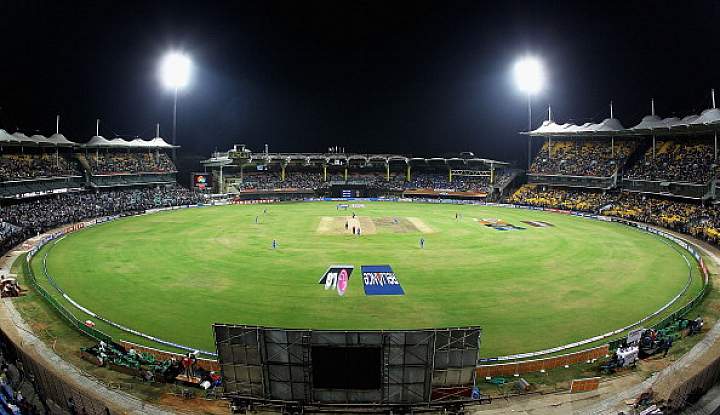
The Madras Cricket Club Ground was built in 1916 and has been the home field of the Chennai Super Kings in the Indian Premier League since 2008. If Mumbai has pride and Kolkata has history, Chennai has the most informed fans around. Even if it may not be the best cricket stadium in India, nobody will ever forget Sachin’s nearly flawless 136, innings during which he not only faced a formidable Pakistani attack but also his own body. Who can forget how the entire stadium overcame its dismay to enthusiastically applaud the Pakistani squad after their victory? This may still be the most beautiful sight Chidambaram and India-Pakistan cricket have ever given the cricketing world, despite the history, they both have to their names.
Fact: In 2008, Sehwag faced South Africa on the Chidambaram ground and scored the quickest triple century in test history in 278 balls. In addition, Sehwag joined Brian Lara and Donald Bradman as the only other batsmen to record two triple centuries in Test cricket.





